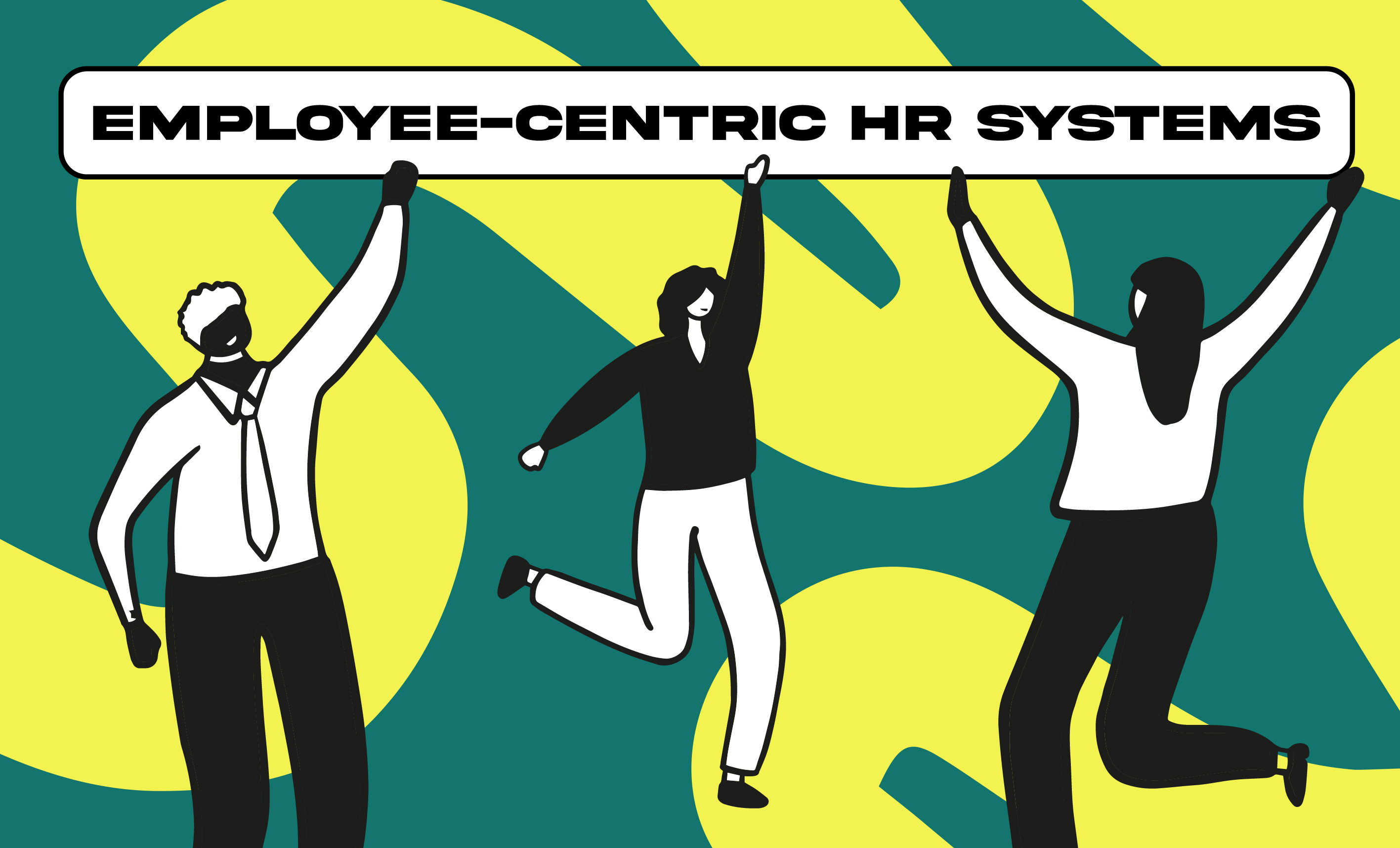
The traditional model for HR is broken. So many teams are stuck in waterfall processes, treating employees as cogs in a machine rather than customers of a thoughtfully designed experience. We care about business metrics like CAC, LTV and NPS but we don't consider our most important "subscribers" -- our employees. It's time to rethink the employee experience by applying product design principles to people operations.
Jessica Zwaan wrote the book on people a product (it's called Built for People and you should buy it) she explains that intentionally or not, every company is building three distinct products:
The employee experience is essentially a subscription service. Every month, your employees make an active decision to renew their subscription to your company until they hand in their resignation (we do call it churn, either regrettable or non-regrettable). But this reframing changes everything about how we approach people programs, says Zwaan
Traditional HR operates in a service mindset by creating policies and administering them. Product-minded HR focuses on value creation for end users (employees) while recognizing it's a two-way relationship. By creating value for employees we create value for the business through impact and outcomes. This shifts the fundamental question from "How do we get people to complete performance reviews?" to "What problems does this solve for the employee?" (and in the case of performance reviews, that's for bo the employee and the manager).
Performance management is the perfect example of what's wrong with traditional HR approaches. We often package multiple goals into one initiative rather than thinking more like product managers considering "jobs to be done" - what is the one action or behavior we are trying to solve for? In performance, many programs try to solve for everything:
When we mesh these together without clear understanding of why, we create systems and processes that end up serving no one. Product-minded HR separates these concerns and designs specific solutions for each. So many organizations we talk to are going through the motions of performance reviews but if you stop to ask "why" -- why are we doing this, who or what goal does it serve, we discover it's more about doing things how they've always been done.
This mindset shift challenges you to think about the employee journey in lifecycle stages where the goal is to optimize outcomes at each stage. Rather than giving performance feedback once a year as part of a performance review, how can you optimize performance outcomes in realtime through continuous performance calibration? This kind of question leads you to design performance programs solve specific pain points for employees or the business.
To build people programs that drive value for your employees and the business:
The future of HR lies in treating employees as customers, designing experiences that create mutual value, and building systems that people actually want to engage with.
